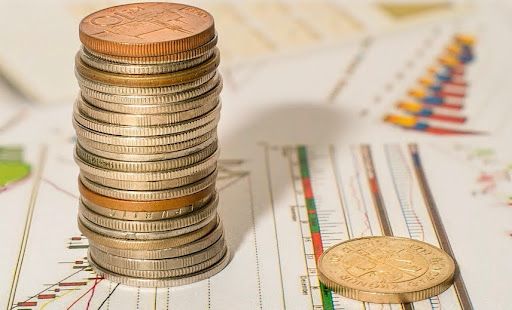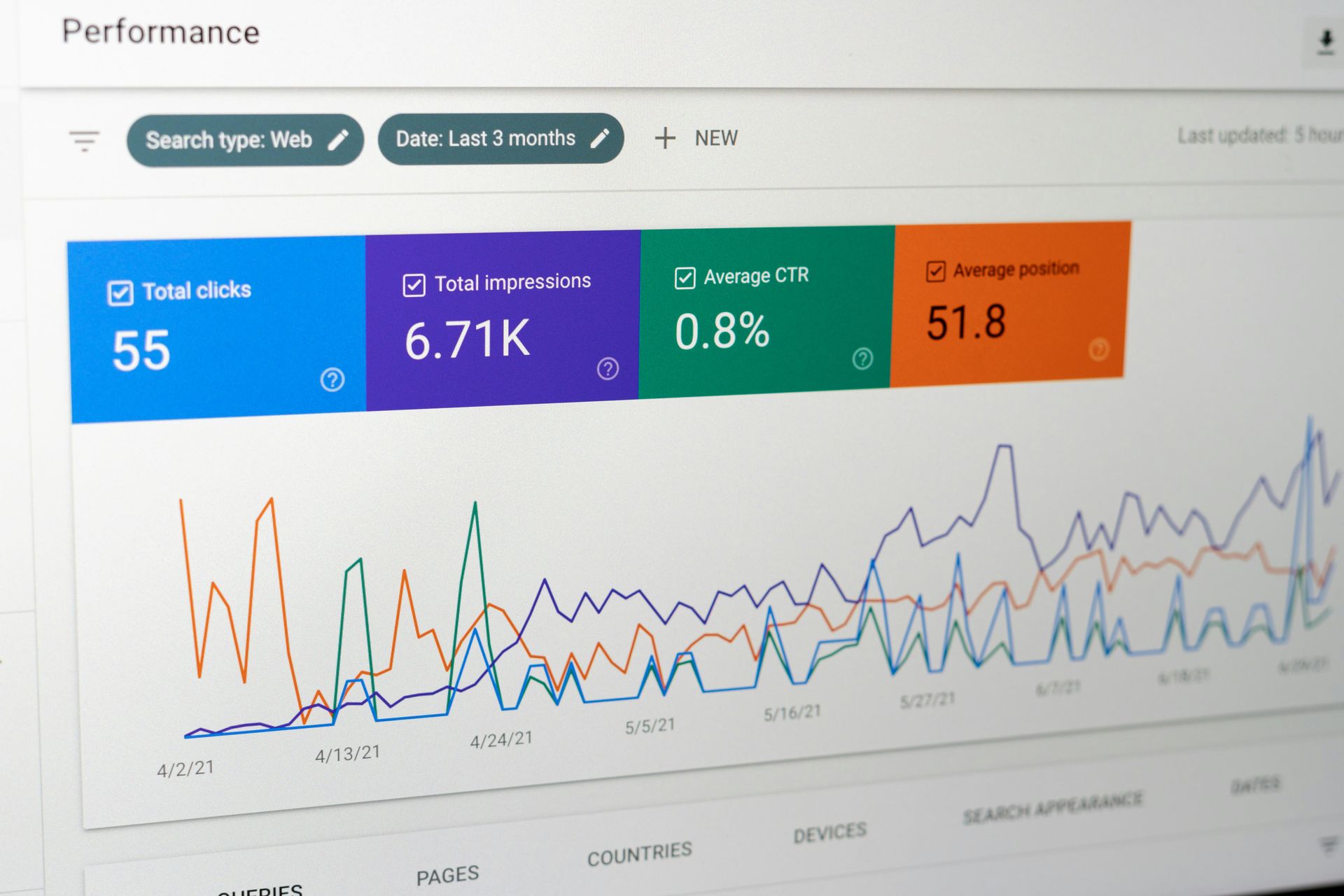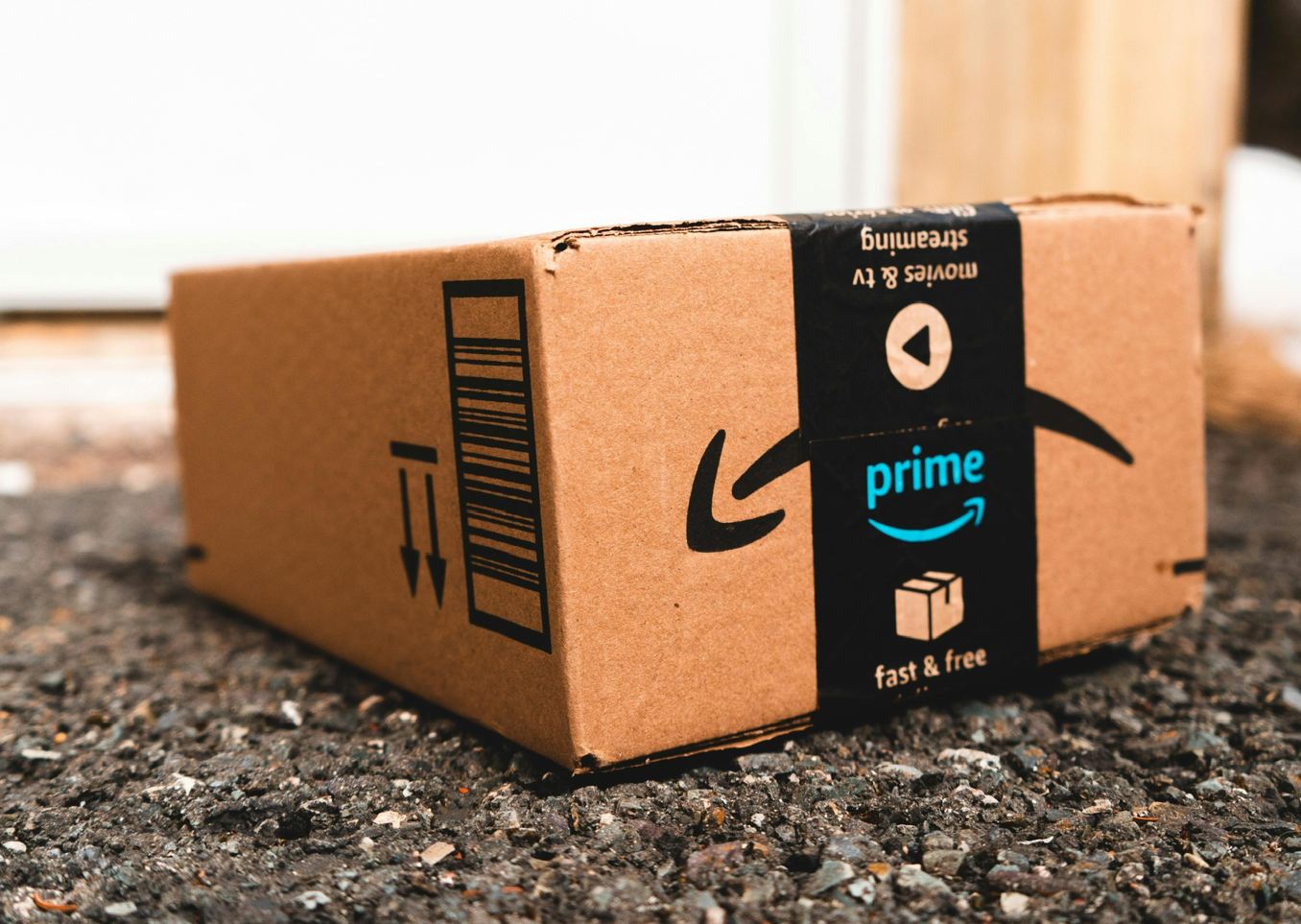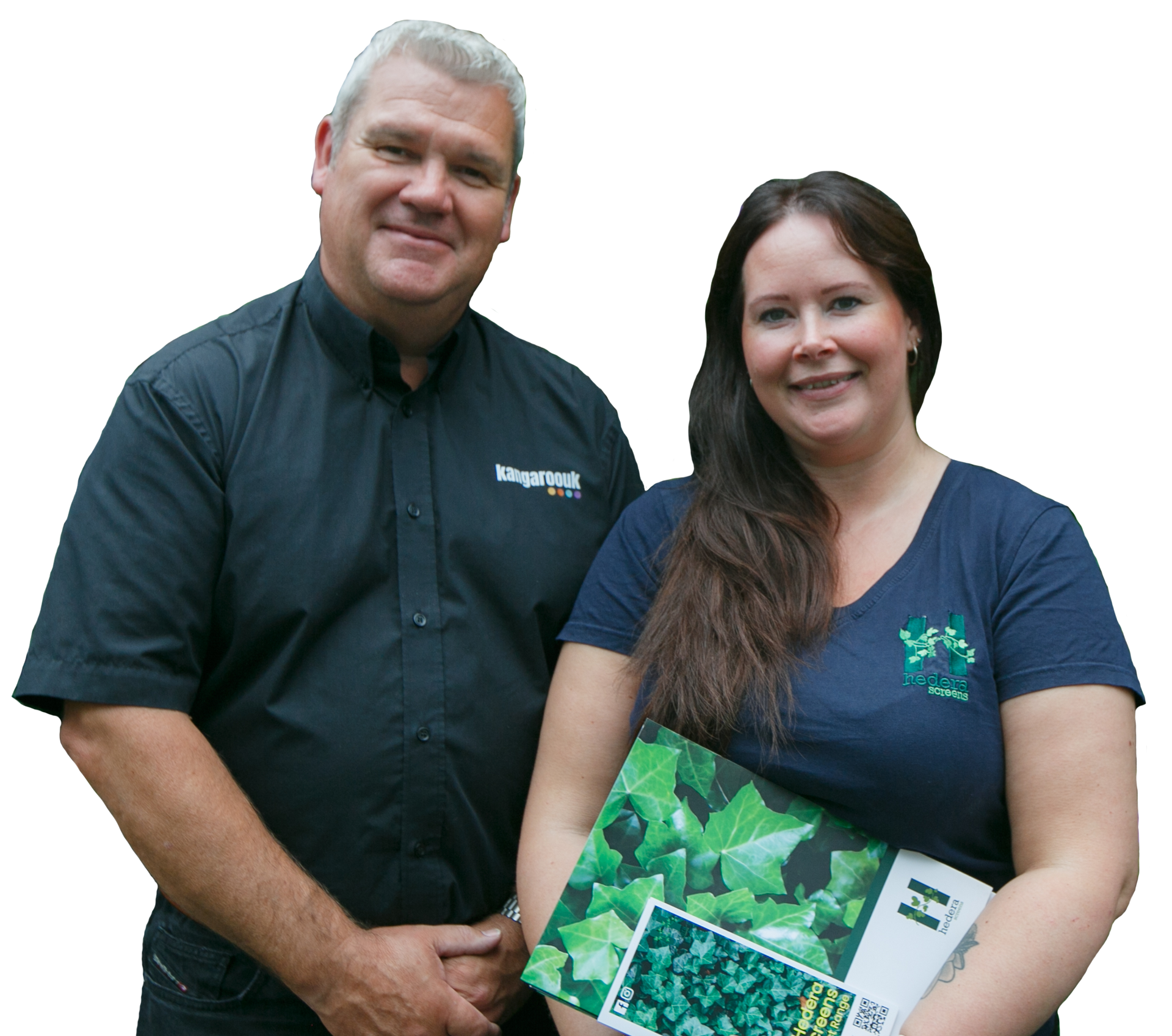The Complete Guide to Anchor Text Optimisation in 2021

Updated 3rd September 2025
The Complete Guide to Anchor Text Optimisation in 2025
Anchor text optimisation remains a core part of SEO in 2025. With Google’s algorithms focusing heavily on context, user intent, and link quality, the way you structure and deploy your anchor texts can significantly impact your rankings.
Different types of anchor text serve different purposes, and knowing when (and how) to use them is key to building both organic visibility and user-friendly navigation.
In this guide, we’ll break down what anchor text is, why it matters in 2025, and how you can optimise your strategy to avoid penalties and gain better rankings.
What Is Anchor Text?
Anchor text is the clickable, hyperlinked text that connects one webpage to another. It helps both users and search engines understand what kind of content lies behind the link. Anchor text is typically highlighted in a different colour or underlined to stand out from regular text.
In Google’s early days, anchor text was one of the strongest ranking signals. Today, though still highly relevant, its effectiveness depends heavily on relevance, natural placement, and diversity.
Why it matters in 2025:
- Anchor text helps Google understand context beyond on-page content.
- It improves user experience by giving readers a preview of linked content.
- Over-optimisation or manipulation can result in manual penalties and loss of rankings.
The Role of Anchor Text in SEO (2025 Perspective)
Anchor text plays two main roles in SEO today:
- Enhancing relevance: Google uses anchor text to understand better what a linked page is about. Consistent link signals for a topic reinforce authority for specific keywords.
- Boosting discoverability & user journey: Internal and external anchors guide both search engines and users through your site architecture, keeping people engaged and improving crawlability.
What’s changed since 2021?
- AI-driven context analysis: Google’s use of AI (like RankBrain and BERT) means anchor text isn’t assessed in isolation — it’s evaluated against page content, surrounding text, and the overall link profile.
- User intent matters more: Misleading or spammy anchors are flagged faster. Anchor text now needs to align with searcher expectations.
- Diversity is essential: Overusing exact-match anchors can now harm rankings. A balanced mix of branded, generic, and related anchors feels more natural to Google.
Internal vs. External Anchor Text Optimisation
Internal Anchor Text Optimisation
Internal links help distribute authority across your site while improving navigation and crawlability.
Best practices for 2025:
- Use descriptive, context-rich keywords, but avoid keyword stuffing.
- Link naturally within relevant content instead of forcing links.
- Keep 3–5 meaningful internal links in a typical 1,000-word article.
- Use semantically related terms (not just exact matches) to future-proof against over-optimisation.
External Anchor Text Optimisation
External anchors (backlinks from other sites) continue to be among the strongest SEO ranking factors.
Best practices for 2025:
- Earn links from high-authority, contextually relevant websites.
- Avoid paid or spammy link exchanges — Google’s spam updates are getting even stricter.
- Ensure external anchors look natural (brand names, partial matches, or generic calls-to-action tend to be safest).
- Headlines and context around the anchor carry nearly as much SEO weight as the anchor itself.
Types of Anchor Text (With 2025 Guidelines)
To build a healthy anchor text profile, use a mix of different anchor types:
1. Branded Anchors
- Use your brand or company name as the clickable link.
- Safe, natural, and important for building authority.
- It should make up the largest share of your anchor text profile.
Example: HubSpot, Neil Patel, Ahrefs Blog.
2. Exact Match Anchors
- The exact keyword you want to rank for.
- Still effective in moderation, but risky if overused.
Example: “SEO agency in London” ⚠️ Use sparingly and only when context justifies it.
3. Partial Match or Related Anchors
- Variations, synonyms, or long-tail phrases related to your keyword.
- Great for balancing relevancy without tripping spam filters.
Example: “how to optimise product pages for SEO”
4. Generic Anchors
- Non-keyword anchors like calls-to-action.
- Good for click-through rates and keeping your profile natural.
Example: “Read more”, “Learn more”, “Try it here”
5. Naked URLs
- Linking directly with the URL, e.g., www.example.com.
- Not the strongest for SEO, but useful for citations or source references.
6. Image Anchors
- When an image is clickable, its alt text acts as the anchor.
- Optimise image alt text thoughtfully to capture both SEO benefits and accessibility.
Advanced Anchor Text Strategies for 2025
- Match anchor context, not just keywords: Google evaluates the words before and after the anchor as clues.
- Diversify your link profile: Mix branded, generic, and partial matches for a natural pattern.
- Focus on topical authority: Build anchors that reinforce your site’s expertise in a subject area, not just isolated keywords.
- Leverage natural mentions: With AI-generated content booming, human mentions and natural editorial links carry more trust.
- Prioritise user experience: Anchor text should feel helpful, relevant, and non-intrusive to readers — clicks come before rankings.
Final Thoughts
In 2025, anchor text optimisation is less about exact-match keywords and more about building trust, relevance, and usability.
By diversifying your anchors and aligning them with both search intent and user experience, you’ll create a sustainable SEO strategy that keeps your website safe from over-optimisation penalties while improving rankings.
Think of anchor text as a map for both search engines and users — the clearer and more natural the directions, the easier it is to reach your destination.
Would you also like me to suggest an SEO-optimised meta title & description for this blog so it’s fully ready to be published in 2025 standards? Contact us today, your local SEO agency in Ashby.










